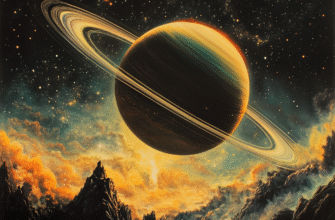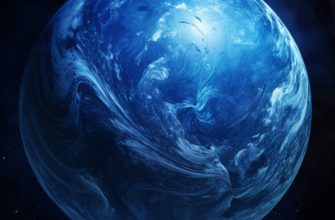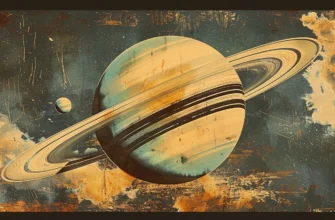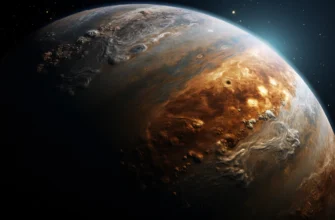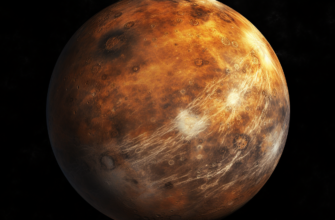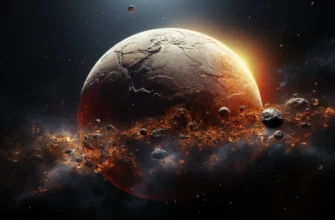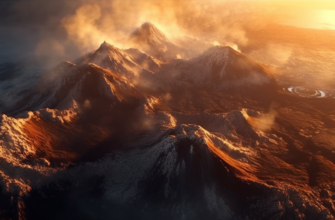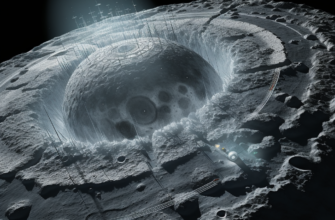- Overview:
- The Order of Planets: Terrestrial to Ice Giants:
- Characteristics of the Planets:
- 1. Mercury: The Swift Planet
- 2. Venus: The Morning Star
- 3. Earth: Our Blue Planet
- 4. Mars: The Red Planet
- 5. Jupiter: The Gas Giant
- 6. Saturn: The Ringed Planet
- 7. Uranus: The Ice Giant
- 8. Neptune: The Mystic Planet
- Spacecraft Missions: Voyager, Cassini, Juno:
- Dwarf Planets and the IAU:
- Conclusion:
- Further Reading and External Resources:
Overview:
The order of planets in our Solar System has fascinated astronomers, scientists, and space enthusiasts for centuries. From Mercury, the closest planet to the Sun, to Neptune, the eighth planet, the Solar System is a complex and diverse collection of celestial bodies. This article explores the order of planets, their characteristics, and the missions that have expanded our understanding of the cosmos.

The Order of Planets: Terrestrial to Ice Giants:
The Solar System consists of eight planets, categorized into Terrestrial Planets (Mercury, Venus, Earth, Mars) and Gas Giants (Jupiter, Saturn) followed by Ice Giants (Uranus, Neptune). Additionally, there are Dwarf Planets like Pluto, Haumea, Makemake, and Eris.
Characteristics of the Planets:
Explore the fascinating worlds of our Solar System, each with its unique characteristics and mysteries.
ViaTheSpace
1. Mercury: The Swift Planet
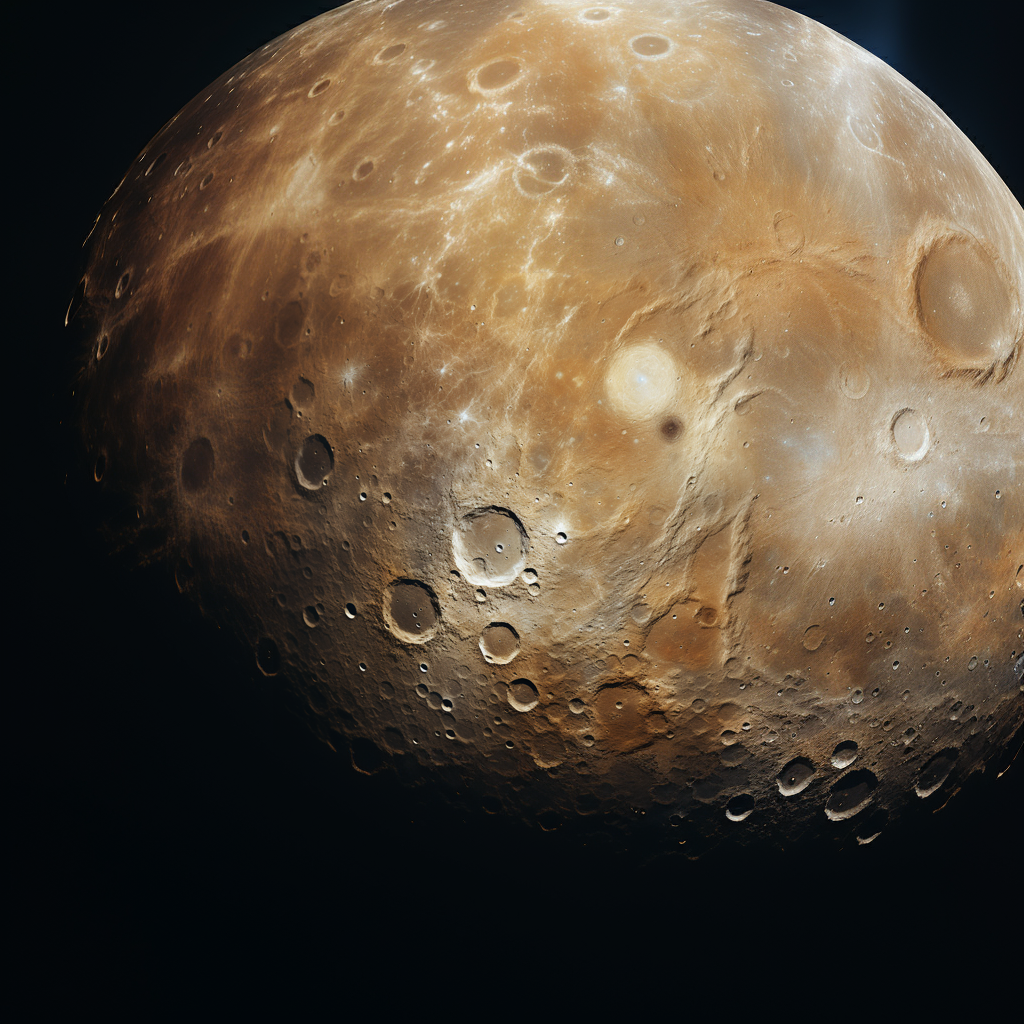
- Diameter: 4,879 km
- Surface Temperature: -173 to 427°C
- Note: Mercury’s proximity to the Sun and lack of atmosphere result in extreme temperature variations. Its surface is marked by craters and has been explored by spacecraft like Messenger.
2. Venus: The Morning Star
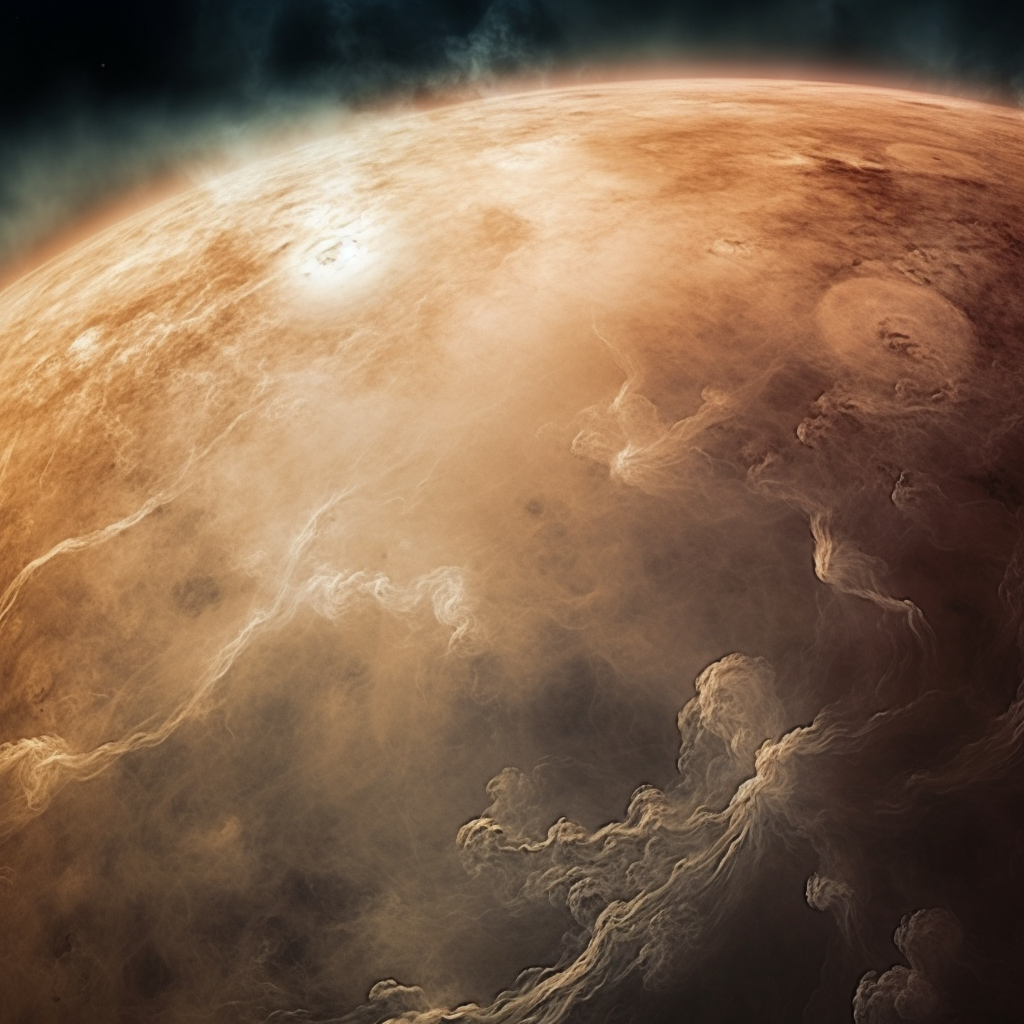
- Diameter: 12,104 km
- Surface Temperature: 462°C
- Note: Venus’s dense atmosphere traps heat, creating a greenhouse effect. Its surface features volcanoes and has been studied by missions like Magellan.
3. Earth: Our Blue Planet

- Diameter: 12,760 km
- Surface Temperature: Average 14°C
- Note: Earth’s diverse ecosystems and the presence of water make it the only known planet to harbor life.
4. Mars: The Red Planet
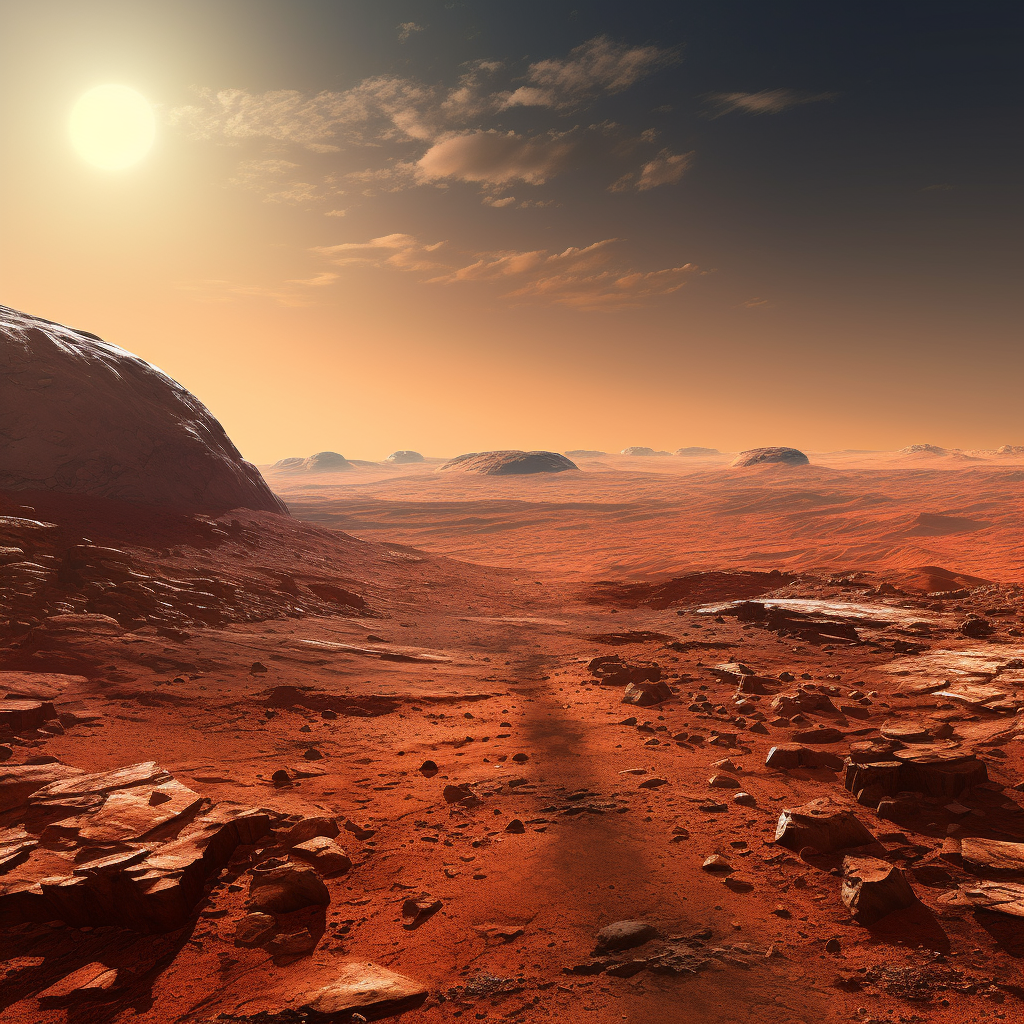
- Diameter: 6,787 km
- Surface Temperature: Average -55°C
- Note: Mars’s iron-rich surface gives it its red color. Missions like Perseverance are exploring its potential for past life.
5. Jupiter: The Gas Giant
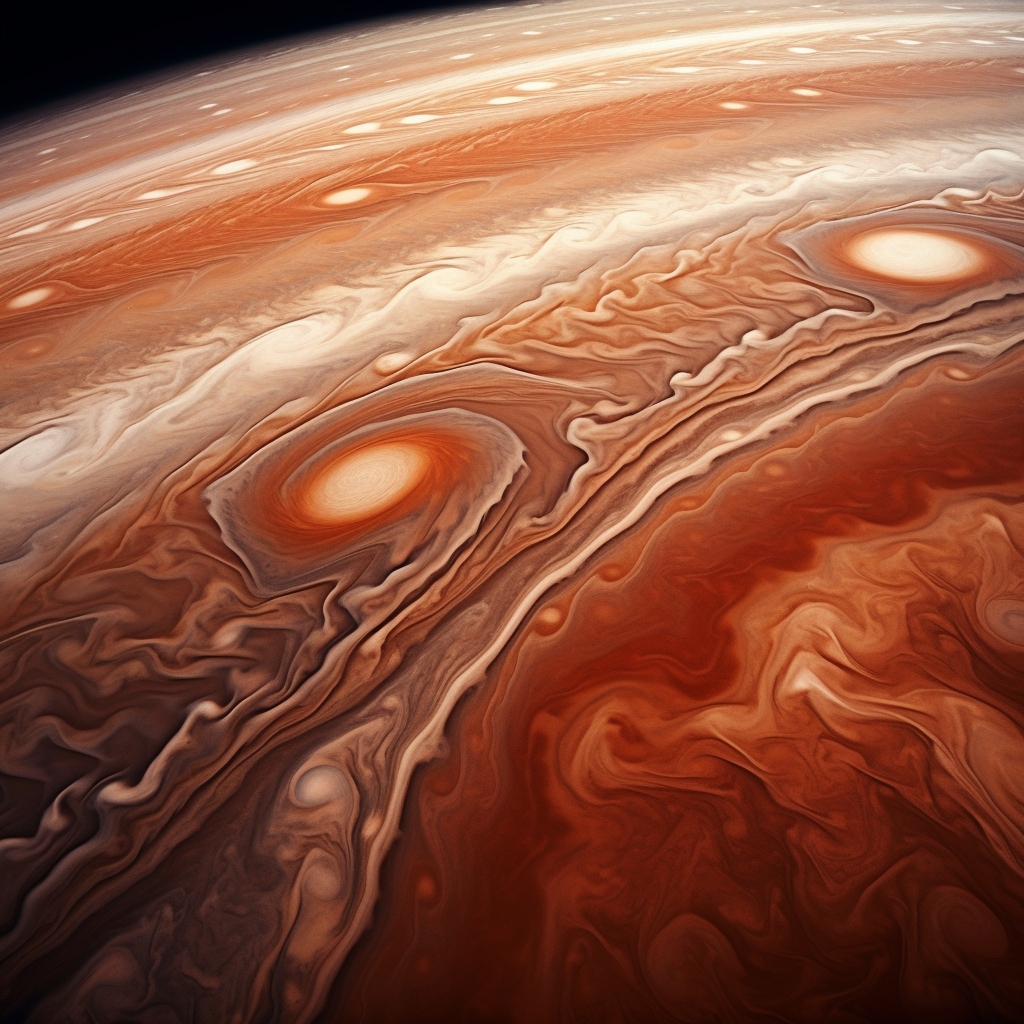
- Diameter: 428,400 km
- Temperature: -148°C
- Note: Jupiter’s massive size and storm systems are a focus of study, with missions like Juno providing new insights.
6. Saturn: The Ringed Planet
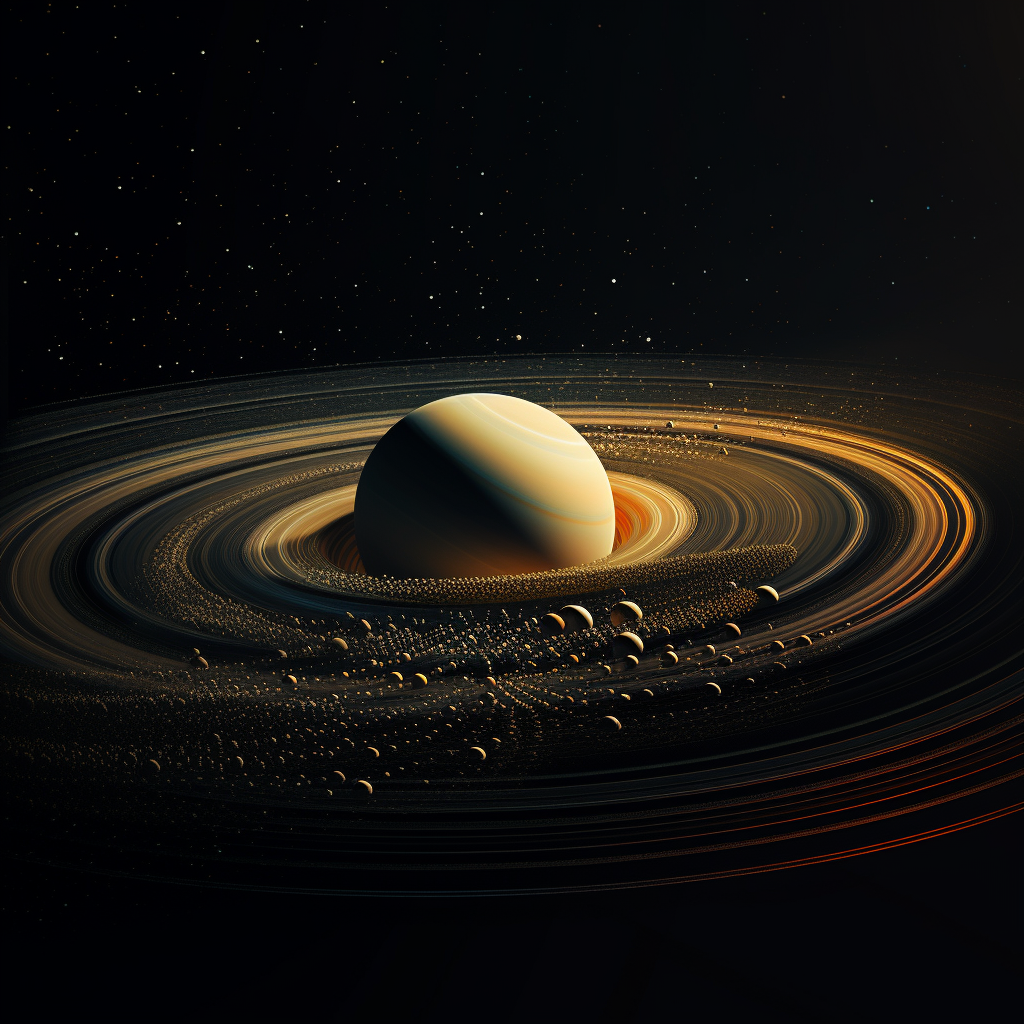
- Diameter: 120,500 km
- Temperature: -178°C
- Note: Saturn’s complex ring system is made of ice and rock particles, and its mysteries were explored by the Cassini mission.
7. Uranus: The Ice Giant
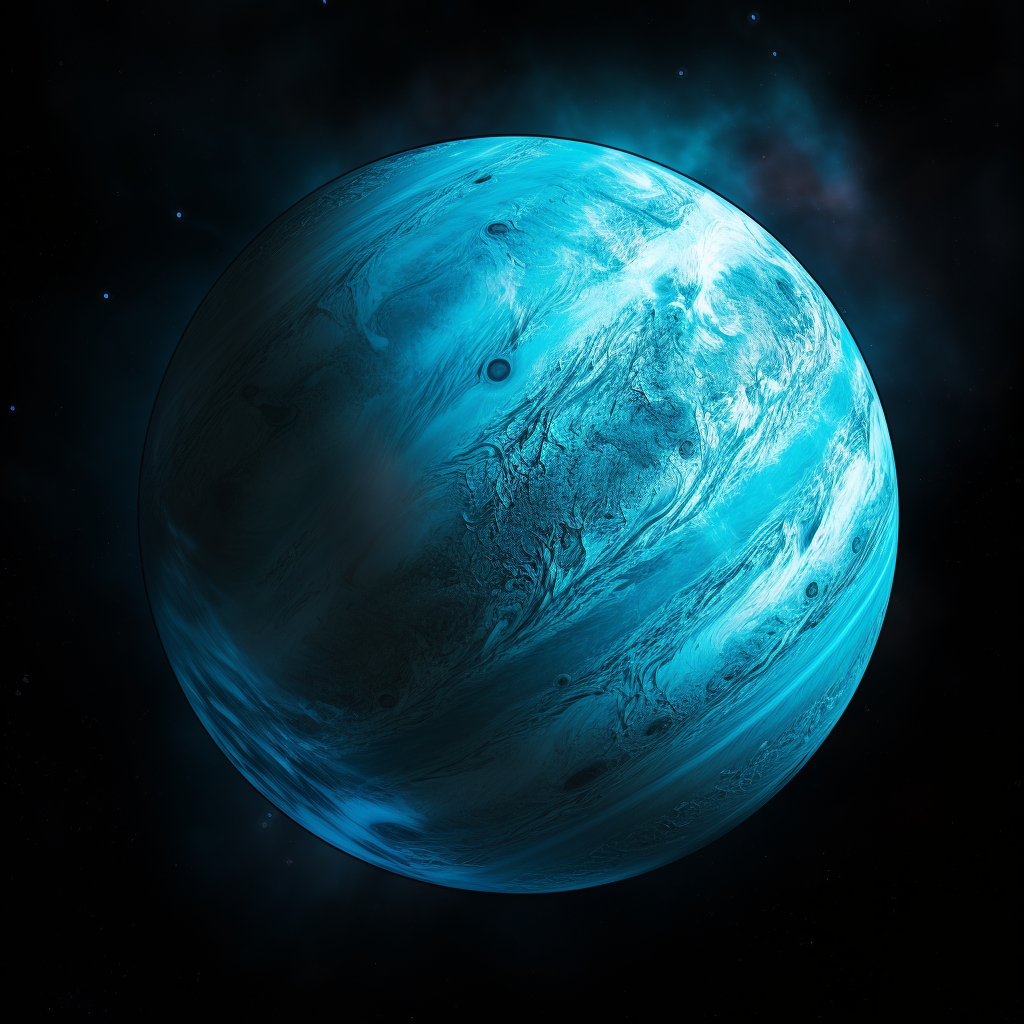
- Diameter: 51,120 km
- Temperature: -216°C
- Note: Uranus’s tilt causes extreme seasons, and its icy composition differentiates it from other gas giants.
8. Neptune: The Mystic Planet

- Diameter: 49,530 km
- Temperature: -214°C
- Note: Neptune’s strong winds and dark storm systems make it a planet of intrigue, studied by missions like Voyager 2.
These characteristics provide a visually engaging and comprehensive overview of the order of planets in our Solar System. From Mercury’s scorching temperatures to Neptune’s icy cold atmosphere, each planet offers unique insights and continues to be a subject of exploration and wonder.
Spacecraft Missions: Voyager, Cassini, Juno:
Spacecraft missions like Voyager, Cassini, and Juno have provided invaluable insights into the planets. Launched in 1977, NASA’s twin Voyager 1 and 2 probes famously conducted a “Grand Tour” of the outer solar system. Voyager 2 made the first explorations of Uranus and Neptune, discovering 10 new moons and studying the planets’ atmospheres and magnetic fields. Voyager 1 conducted the closest flybys of Jupiter and Saturn before both probes journeyed into interstellar space, still communicating scientific data to this day.
The Cassini spacecraft entered orbit around Saturn in 2004 for over 13 years of observations. The Huygens probe landed on Saturn’s moon Titan, analyzing its thick atmosphere and surface. Cassini itself studied Saturn’s elaborate rings, winds, and composition while discovering new moons and observing storms on the planet. One of Cassini’s most important revelations was the discovery of water vapor plumes spraying from Saturn’s moon Enceladus, suggesting it contains a subsurface ocean beneath its icy crust.
Juno arrived at Jupiter in 2016 and continues to study the giant planet from polar orbit. Juno has probed beneath Jupiter’s dense clouds to map its interior structure and measure components like water and ammonia in its atmosphere. It has also observed Jupiter’s intense storms, swirling vortexes, powerful lightning, and interactions with its moons Io, Ganymede, and Europa among its suite of scientific instruments. The insights from these missions have revolutionized our understanding of the outer solar system.
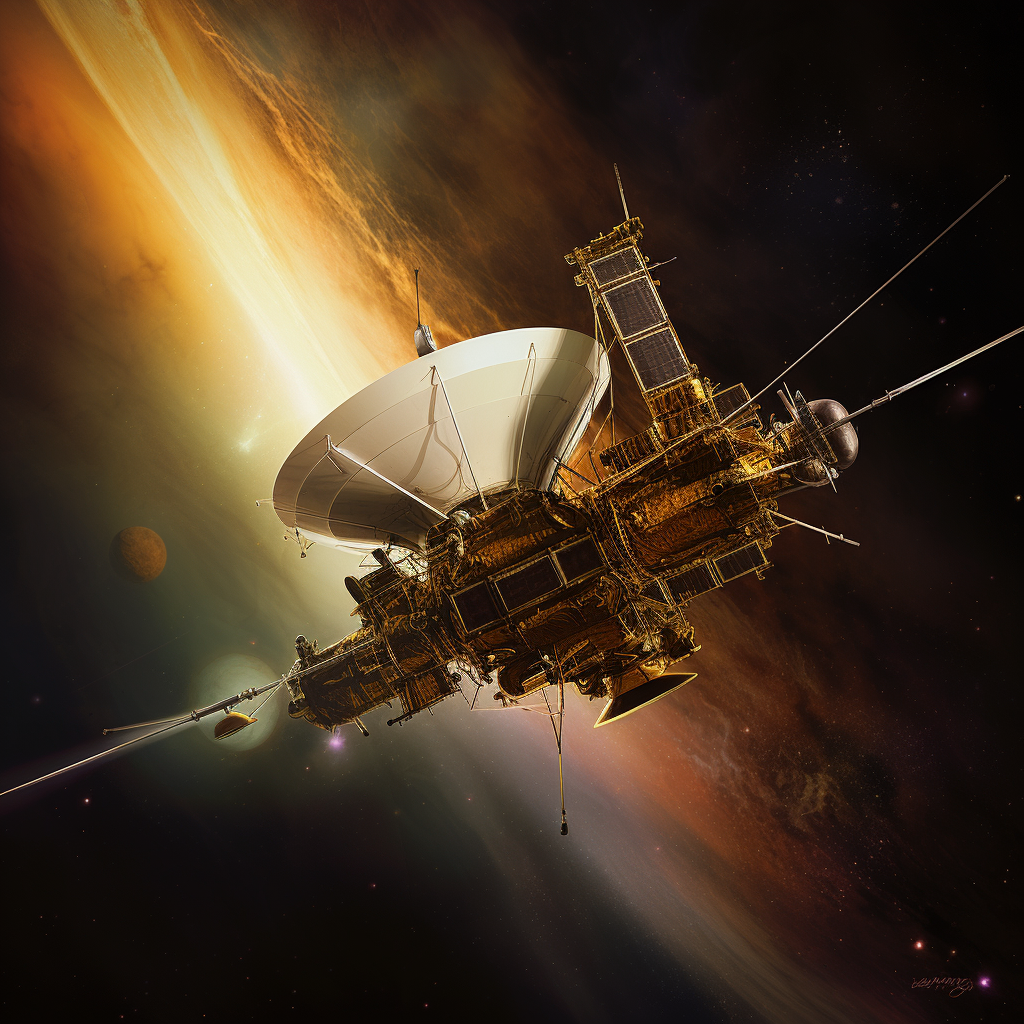
Dwarf Planets and the IAU:
The International Astronomical Union (IAU) defines a planet based on criteria like hydrostatic equilibrium. In 2006, the IAU created a new class of dwarf planets, reclassifying Pluto to this category. A dwarf planet orbits the Sun and has sufficient mass to assume a nearly round shape, but it has not cleared its orbital neighborhood of other objects.
Pluto meets all the IAU’s criteria except for clearing its orbit while sharing space with similar sized objects like Eris in the Kuiper Belt. Hence its redesignation along with Ceres, Haumea, Makemake and others as dwarf planets. This more precise planetary definition has enhanced our understanding of the Solar System by distinguishing between the 8 dominant planets and smaller bodies.
Interestingly, the IAU criteria would also classify several moons in our Solar System as dwarf planets, including Saturn’s moons Titan and Enceladus. These moons exhibit fascinating geophysical characteristics like subsurface oceans and thick atmospheres with organic chemistry. For example, NASA’s Cassini orbiter discovered geyser-like plumes venting water vapor and ice particles into space from the south pole of Enceladus. These plumes indicate an ocean of liquid water beneath the moon’s frozen surface, raising questions about Enceladus’ potential habitability.
As our detection capabilities improve, additional dwarf planets and intriguing icy moons are likely to be discovered and classified. Categorizing these bodies expands our comprehension of the true diversity beyond the major planets in our solar system.
Conclusion:
The order of planets in our Solar System is a captivating subject that encompasses a wide range of topics, from the characteristics of individual planets to the missions that have explored them. Whether through a mnemonic to remember the order or the study of astronomical units (AU), the Solar System continues to be a source of wonder and exploration
Further Reading and External Resources:
- NASA’s Solar System Exploration: Comprehensive information on planets, moons, and missions. Visit NASA’s website.
- European Space Agency’s (ESA) Exploration: Insights into European missions and research related to the Solar System. Explore ESA’s missions.
- Voyager Mission: Learn about the Voyager spacecraft, which has provided invaluable insights into the order of planets. Discover Voyager.
- Cassini Mission at Saturn: Details about the Cassini mission, which studied Saturn and its complex ring system. Explore Cassini.
- Juno Mission at Jupiter: Information on the Juno spacecraft, currently investigating Jupiter. Learn about Juno.
- International Astronomical Union (IAU): Official definitions and classifications related to the order of planets and celestial bodies in general. Visit the IAU.
- Universe Today: An article providing detailed information on the order of the planets from the Sun. Read the article.
- Space Museums and Educational Sites: Engage with space history and education through museums like the Smithsonian National Air and Space Museum.
These resources offer a wealth of information, from official space agencies to educational sites, providing readers with various avenues to delve deeper into the fascinating world of our Solar System.


